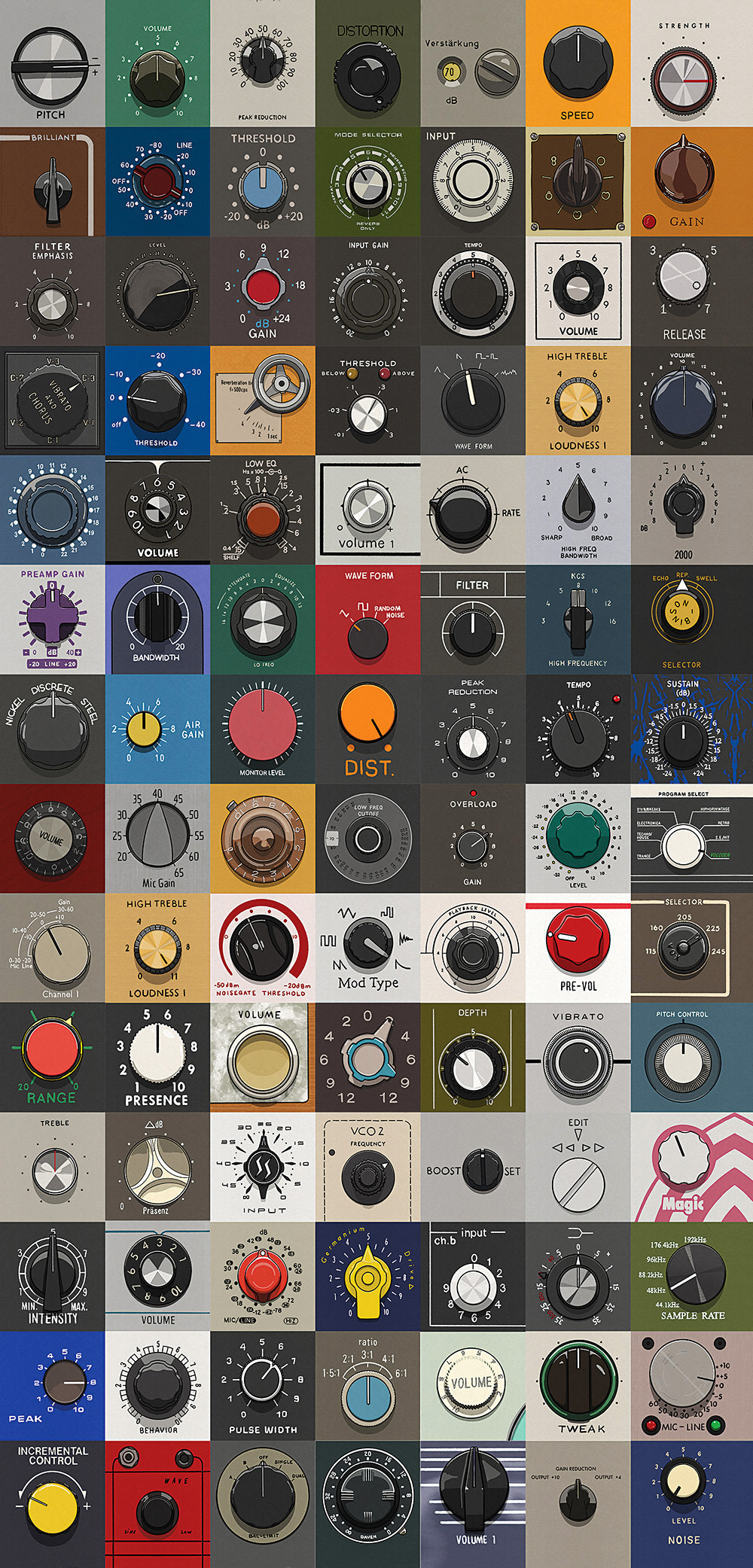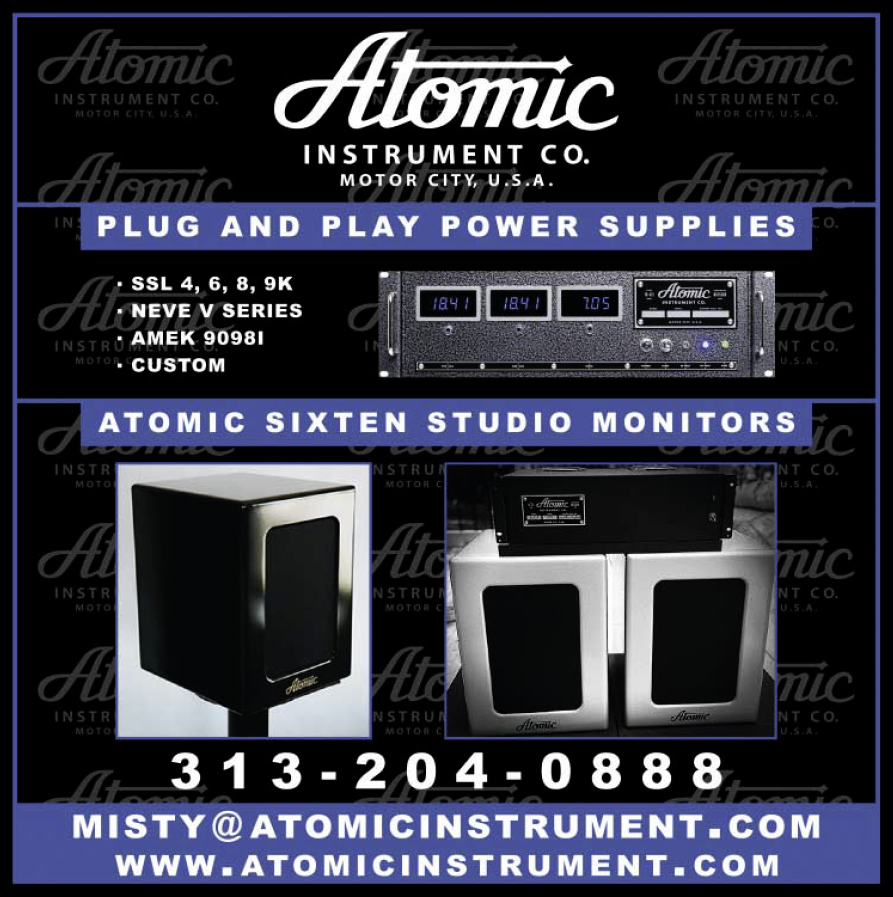When we lust over aspirational recording gear, what often comes to mind are vintage hunks of steel and vacuum tubes from the likes of Fairchild, Telefunken, Neumann, RCA, Pultec, Collins, and Altec. On the contrary, I want to mention two unsung audio products that are unapologetically modern and as unflattering as a miniaturized dongle can be: CEntrance DACport HD and Google Chromecast Audio.
The former was off market for a few years, and the latter was discontinued three years after it was launched. Post-pandemic, I'm traveling regularly by air again, and I like to pack light, so my portable rig is appropriately compact, with a Microsoft Surface Pro 8 LTE 2-in-1 tablet as my primary computer. With a Core i7 processor, 16 GB RAM, and a 1 TB SSD, it has plenty of power to run Steinberg's Cubase Pro for music production and WaveLab Pro for mastering, plus Blackmagic Design DaVinci Resolve for video editing. Although the Surface Pro is equipped with a headphone output, I prefer the low latency and superior sound quality of ASIO interfaces when I'm performing any audio work. At my desks, I have RME and Steinberg interfaces, but in my backpack I carry a CEntrance DACport HD <centrance.com>. It's a USB DAC and headphone amp that's not much bigger than a disposable lighter. Importantly, CEntrance publishes a rock-stable, low-latency ASIO driver for it, which means I can use the DACport HD with my favorite DAW and video applications. Its Class A amplification sounds great, and it's capable of delivering almost 400 mW into 32 Ω. Its output impedance is less than 2 Ω, and it powers low-impedance headphones with ease. For example, my Air Motion Transformer–equipped HEDDphone plugged into the DACport HD at maximum volume can be heard from the next room over! With that said, I usually employ my Stealth Sonics C9 IEMs [Tape Op #127] when I'm on the road. Because the unit draws a minimum of 1.2 W at idle from the connected USB port, the DACport HD is best suited for laptops. But I've also used it to drive my IEMs while listening on my mobile phone; the phone's battery just drains quicker than it does with Bluetooth earbuds.
If you're looking for the smallest audio interface for editing, mixing, or playing virtual instruments, the DACport HD is the only pro-quality product I can recommend. Meanwhile, back at home, one of my favorite ways to enjoy music is with a Google Chromecast Audio. It's a Wi-Fi audio-streaming dongle with analog and digital outputs. Just like with a regular (video) Chromecast connected to a TV, I can open my favorite apps or websites, and "cast" to my hi-fi – without installing any special software, and without all the bitrate limitations (and phone interruptions) of Bluetooth audio. In my studio, I have another Chromecast Audio connected to the optical input of my Dangerous Music CONVERT-2 [#109], and anyone in my studio can send music through the control room's monitoring system. Fortunately, I've discovered a worthy successor in the WiiM Pro <wiimhome.com>. It isn't as compact as a Chromecast, but it offers more features and is still under active development. WiiM Pro is compatible with Chromecast (Google Home), but it also supports Apple AirPlay 2 and DLNA; and it can take commands from Siri, Alexa, and Google Assistant devices. WiiM Pro handles multi-room playback, and it can also redistribute audio from its analog or digital inputs to other WiiM devices and their outputs. I had to install the WiiM Home app on my phone to complete initial setup, but now that's done anyone on the network can just use their favorite apps to control playback through the WiiM, while visitors without network access can still send audio via Bluetooth.



